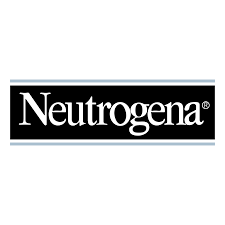Claim and Proof.
I write a lot about claim and proof. A brand claim, done well, organizes one’s thoughts. It sets the tone and expectation. But it’s the proof of that claim that embeds the reasoning. That makes a claim more than magic. More than ad copy.
Take any piece of marketing content and using two different color highlighters, light up all the written claims language. Then light up the proof language. The evidence. See what happens.
When someone says “We will work hard to earn your business,” that’s a claim.
If that same person says we are “available 24/7 and provide a personal mobile number,” that’s proof.
When someone says “we’ll customize to meet the needs of your business,” it’s a claim.
If that same person shares 25 segmented offers from the last year, that’s proof.
Claim without proof is marko-babble. Dirty dishwater. Branding and the brand strategy upon which it is built begins with proof. Organized, discrete proof. The claim is simply the bow on top that ties it all together.
Peace.





